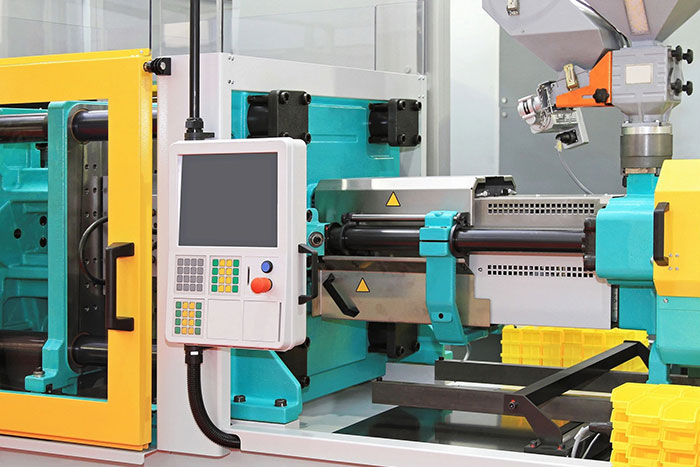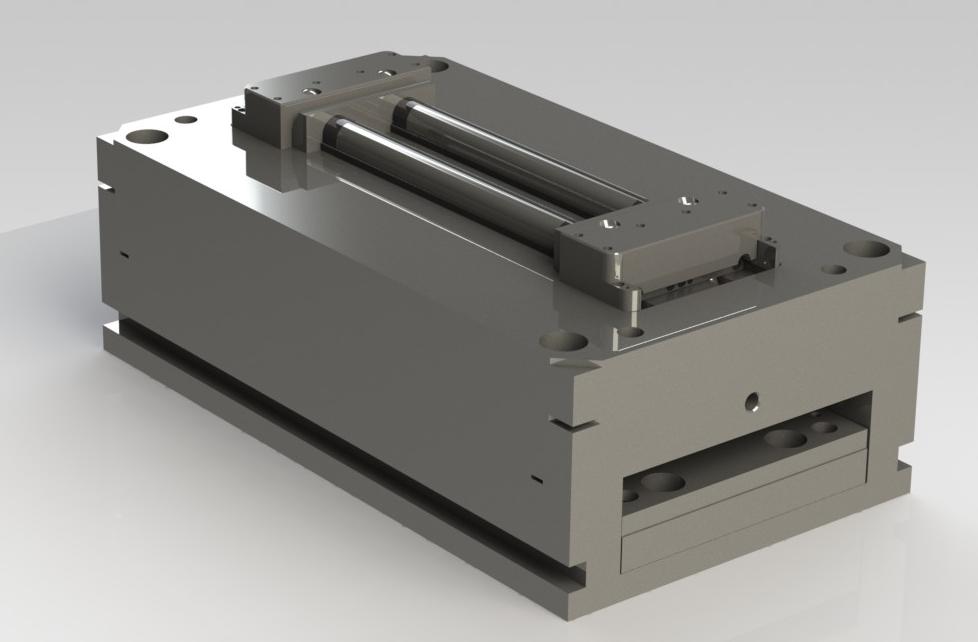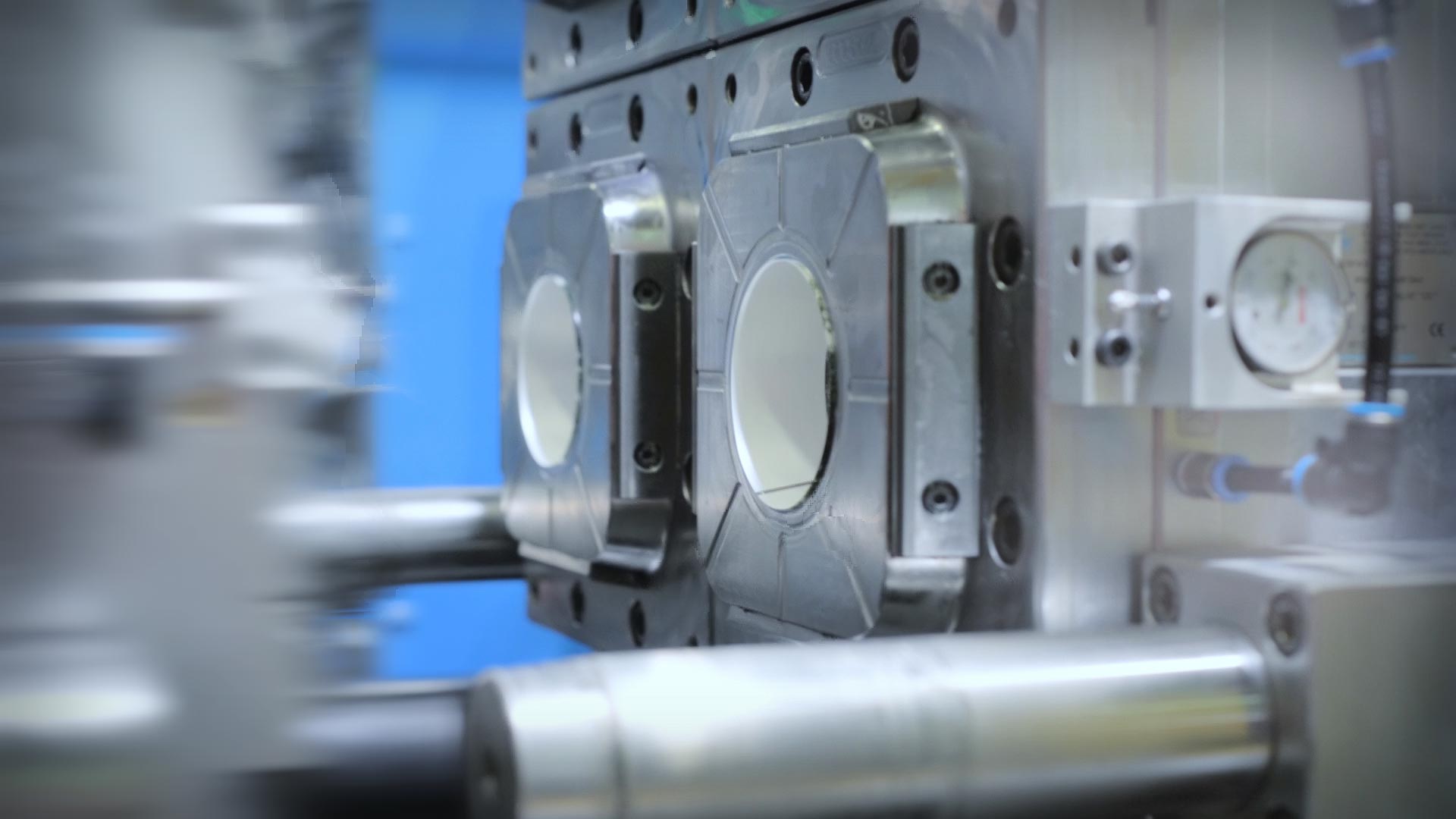Discovering the Future of Plastic Injection Molding in the Manufacturing Sector
Discovering the Future of Plastic Injection Molding in the Manufacturing Sector
Blog Article
Recognizing the Essentials of Plastic Shot Molding Procedures
Plastic injection molding offers as a cornerstone of modern manufacturing, supplying a methodical technique to producing complex parts with accuracy. Discovering these vital aspects might expose exactly how even small changes can lead to considerable renovations in manufacturing outcomes, increasing inquiries regarding the possibility for development in this well established procedure.
What Is Plastic Injection Molding?
Plastic shot molding is a commonly used production procedure that changes thermosetting and polycarbonate products into specific and complex shapes. This technique is favored for its ability to produce high quantities of similar parts with extraordinary accuracy, making it a crucial approach in numerous industries, including automotive, customer products, and clinical gadgets.
The process entails thawing the chosen plastic material and infusing it right into a mold and mildew under high stress. The mold, designed to the specs of the desired component, allows the liquified plastic to materialize as it cools and solidifies. As soon as the material has actually solidified, the mold is opened, and the ended up component is ejected.
Plastic injection molding provides a number of advantages, consisting of decreased waste, uniformity in production, and the capacity to integrate complex styles that may be challenging with various other making methods. Additionally, it supports a wide variety of materials, each giving unique homes that can be tailored for particular applications. As sectors continue to innovate, plastic shot molding stays at the leading edge, making it possible for the advancement of advanced products that fulfill evolving customer needs.
The Injection Molding Refine
The shot molding procedure is a sophisticated method that entails numerous key stages to generate top quality plastic elements. Initially, plastic pellets are fed into a heated barrel where they are thawed right into a thick liquid. This molten plastic is then injected under high stress into a precision-engineered mold and mildew, which shapes the material right into the preferred form.
When the mold is loaded, the plastic is allowed to cool down and solidify, taking the form of the mold and mildew tooth cavity. Air conditioning time is vital, as it influences the cycle time and the last residential or commercial properties of the shaped component. After enough air conditioning, the mold opens up, and the finished part is expelled utilizing ejector pins.

Products Utilized in Shot Molding
Various materials can be used in the injection molding procedure, each offering unique buildings that satisfy certain applications. The most typically made use of products consist of thermoplastics, thermosetting plastics, and elastomers.

Thermosetting plastics, like epoxy and phenolic materials, undergo a chemical modification during the healing process, leading to an inflexible, inflexible structure. These materials are perfect for applications requiring high warm resistance and architectural stability, frequently used in automotive parts and electrical insulators.
Elastomers, including silicone and rubber-based products, give versatility and resilience. Their special buildings make them appropriate for applications that demand flexibility, such as seals and gaskets.
Additionally, specialized materials like bio-based plastics and compounds are getting traction for their ecological advantages and boosted performance characteristics, widening the scope of shot molding applications in numerous sectors. Understanding the properties of these products is essential for choosing the proper type for particular projects.
Benefits of Injection Molding
Injection molding sticks out as a highly efficient manufacturing process that provides numerous benefits for generating intricate components with precision. One of the most significant benefits is the capability to develop elaborate styles that would be difficult or impossible to attain with various other methods (Plastic Injection Molding). The process permits tight resistances and comprehensive attributes, making certain top quality elements
Additionally, shot molding is understood for its quick manufacturing abilities, making it a perfect selection for high-volume production. Once the mold is developed, components can be produced swiftly, lowering preparations and increasing total efficiency. This performance not just reduces production expenses however likewise supplies navigate to this website an affordable side on the market.
The adaptability of products utilized in injection molding additionally enhances its allure. A variety of thermoplastics and thermosetting polymers can be used, permitting suppliers to pick materials that best meet their specific demands, including warmth, adaptability, and stamina resistance.
Moreover, the procedure decreases my link waste, as excess product can commonly be recycled and reused. This sustainability facet adds to a decreased ecological impact, making injection molding a liable production selection. Generally, the benefits of shot molding make it a recommended method for many industries.
Variables Influencing Product Top Quality
While numerous aspects can affect item top quality in injection molding, understanding these elements is important for achieving ideal outcomes. Secret elements include material choice, processing criteria, and mold style.
Product option plays an important function, as different polymers exhibit unique residential properties that affect flowability, strength, and thermal security. Poor product choice can lead to flaws such as warping or insufficient filling.
Handling specifications, including temperature level, stress, and cycle time, have to be diligently managed. Variations in these settings can lead to inconsistencies partially measurements and surface finish. Exceedingly high temperatures might trigger deterioration of the polymer, while insufficient stress can result in brief shots.
Mold and mildew style is just as vital, as it identifies the flow of the molten plastic and the cooling procedure. Poorly designed mold and mildews might cause unequal cooling rates, leading to dimensional inaccuracies and residual stresses.

Conclusion
In final thought, plastic injection molding serves as a vital production process that allows the reliable manufacturing of top notch parts. Proficiency of the shot molding process, including the understanding of materials and the impact of numerous factors on product quality, is crucial for attaining ideal outcomes. The advantages of this approach, such as cost-effectiveness and design flexibility, additional highlight its importance throughout multiple industries, strengthening its condition as a favored choice for high-volume manufacturing.
Plastic injection molding offers as a cornerstone of contemporary manufacturing, providing a systematic technique to generating complex elements with accuracy.Plastic injection molding provides a number of advantages, consisting of minimized waste, consistency in production, and the capacity to incorporate elaborate designs that may be challenging with other manufacturing methods (Plastic Injection Molding). As markets proceed to innovate, plastic injection molding remains at the forefront, making it possible for the growth of advanced items that satisfy evolving customer needs
The injection molding process is an innovative strategy that includes a number of vital phases to generate top notch plastic this parts.In final thought, plastic injection molding serves as a crucial manufacturing procedure that makes it possible for the effective production of top quality parts.
Report this page